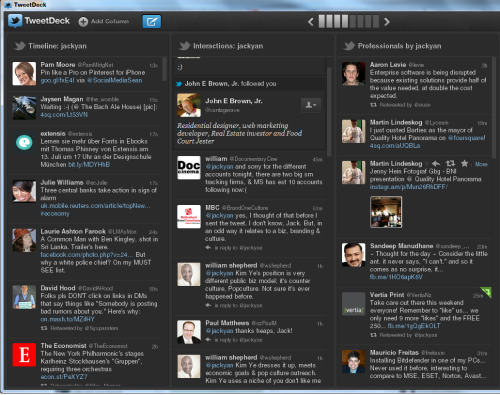
Above: A snapshot of my Tweetdeck: people of different walks of life, avatars where race is barely determinable, and logos which are not racial at all. Does the BBC expect us to take it seriously when it says we cluster by race on social networks?
I came across this piece via Twitter, which instantly struck me as cobblers: that people in social networks congregated with their own racial groups online.
There’s not much to the article and I risk republishing all the words, but a video goes with it if you want the full story. The write-up reads, in most part:
Micro-blogging website Twitter has seen an upsurge in traffic from Hispanic and African-American audiences. These groups now claim about 30% of the site’s user base, according to third-party statistics website Quantcast.com.
Meanwhile, white users claim 90% of US traffic on Pinterest.com, while Tumblr.com has seen an over-representation of Asian Americans as of late.
Microsoft researcher Danah Boyd says though experts once thought the internet would help destroy racial barriers, “all of the divisions that exist in every day life, including those by race and class, actually re-emerge online”.
So, how many social media users have logged in to a particular platform because others of their race are there and drawn them in? No, that’s unfair. Let me reframe that: how many social media sites are used to reflect the divisions we have in life?
I just don’t think we create these divisions. We have cultural divisions, maybe: we like having our own world-view reinforced. But that’s seldom down to the colour of your skin.
Let’s dismiss the easiest one first: Pinterest. It’s the newest, so our recollection of its growth is probably the clearest.
A casual stroll around Pinterest sees dresses and cakes, if my friends are anything to go by. The boom group of Pinterest users appears to be female, and usually mothers, who used the online “pin board” for its intended purpose: to put up images of their favourite things.
This group caught on to it probably because it was one that no other network had targeted. Busy mothers probably found it easier to pin, rather than Tumblog or blog. And as Pinterest grew via invitation, it wasn’t surprising that they reached out to others who were of a similar mindset. The fact that most happened to be Caucasian is probably more a consequence of where it has grown: in countries with white majorities.
My friend and colleague William Shepherd dug up these stats about Pinterest. As 83 per cent of the audience is female (70 per cent in the Quantcast video, so it is already heading south), might we conclude that the world is sexist, too? Yes, I realize there are sexism and glass ceilings—but just how much of this is the users’ fault, based on some innate desire to “be with their own” on a social network? It’s simply more to do with a female audience being catered to, with content being largely female for anyone who first logs in to Pinterest. Your typical male user might think, ‘There’s nothing for me here,’ leave, and the female content continues to grow.
Twitter’s growth among US Hispanics and blacks could be down to numerous other factors, very possibly the availability of reliable apps for Twitter which appeal to these groups’ use of cellphones and smart phones for accessing the site. Given that one’s race is not something readily identified on Twitter—a look through my Tweetstream sees logos as well as unclear—and often racially indeterminable—avatars, it’s highly unlikely race is the factor that has driven blacks and Hispanics to go on to the service. Think to yourself: have you ever followed someone back because they had the same ethnicity as yourself?
Which brings us on to Tumblr. Could its growth among Asian–Americans simply be down to its growth in Asia itself? My experience on Tumblr—and I have been there since the beginning—is that it had plenty of interest from Asia, particularly Japan. These users are posting things that appeal to the diaspora—a cultural reason, not a racial one.
The internet has destroyed racial barriers, and continues to do so. I see people interact, engage and exchange regardless of race every day on social networks. It’s like those newspapers that always paint websites as centres of evil, where pædophiles, rioters and terrorists congregate—it appeals to a certain bias, but it might not be real. And maybe my idealism is founded on a personal bias, too, but I just can’t see, in 2012, how the best invention for bridging divides is actually used to reflect them. What I see every day is multiculturalism and a sharing across cultures, and that the internet, including the social networks, has been the best leveller that humankind has yet conceived.

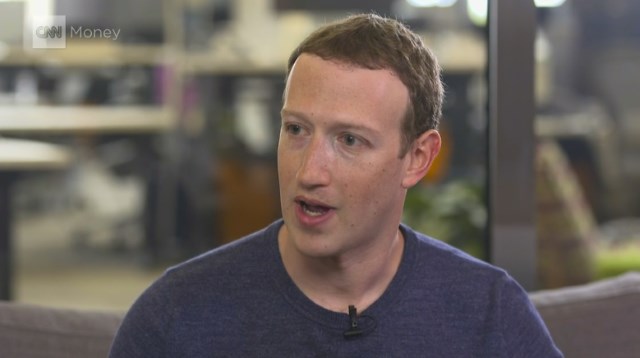

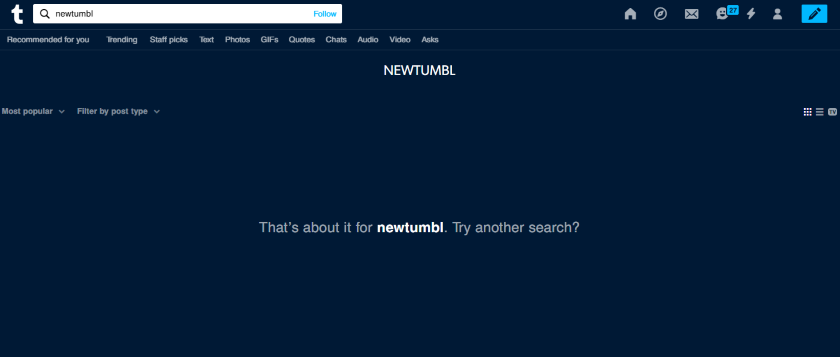

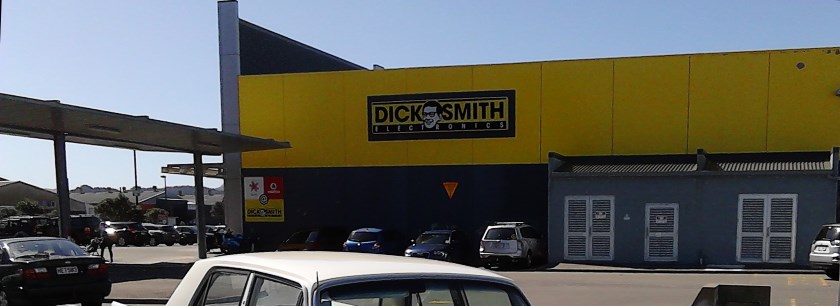
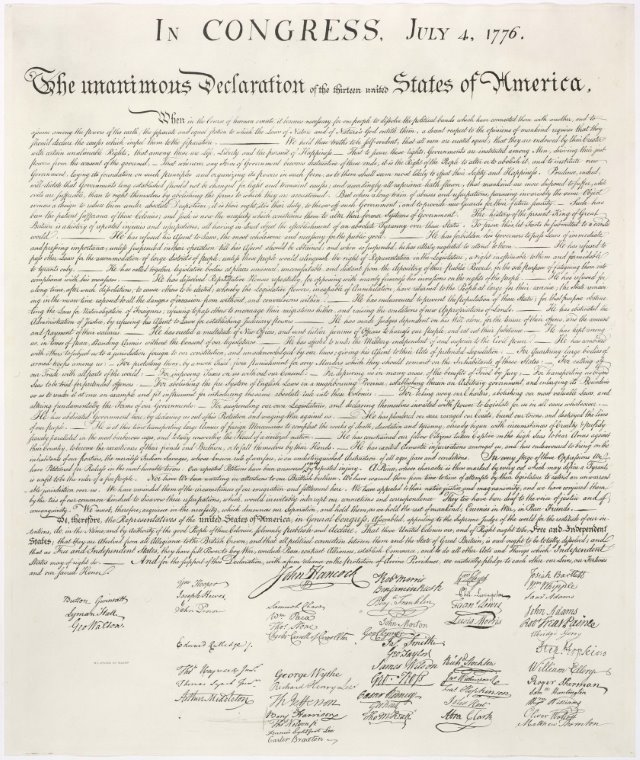

Great post, Jack!
1) What the BBC article failed to mention.. the web is global; their position focused on America. They confused race with economic inequality. This is a top-down silo theory. In one era markets where considered Vertical (top to bottom) that is a passe’ construct, if indeed co-creation is considered: Value Exchange. Information doesn’t flow top to bottom, nor side to side..there is a swirl, closer to circles of related cultures, woven in communities, spread around the world on virtual social media, and offline in real life. Verticals have silos, silos store information, data isn’t owned – it is lived by communities which produce and reflect lexicons. Trends are a byproduct of this process.
2) Race and culture aren’t the same thing, specifically as that applies to Americans.
3) The web is a great equalizer; it provides voice to those that historically have not had access to communicate broadly and or explore global cultures.
4) MBC’s @BrandOneCulture … by the way, was the 1st specific Multicultural Branding hub on Twitter. One strategic error [I] made in the early days, was blocking 1000’s of people not at working in advertising. To quote the movie Field Of Dreams: “if you build it they will come” ~ Kevin Costner.
Best,
bill
Well said, Jack.
I’ll simply say that culture and ethnicity is what seems to be driving the world today. I think many arguments that are claimed to be about racism distill much more accurately to those two factors. Culture and ethnicity can subset with racial constructs but are of course not mutually exclusive.
Oh and I don’t doubt that many so-called social networks have grown because of the “birds of a feather flock together” idea. As I seem to “march to the beat of my own drummer”, well, you can imagine why I’ve left many entirely or have had minimal involvement. Even on the ones I use regularly… there’s always someone suggesting I’m not exactly doing it right.